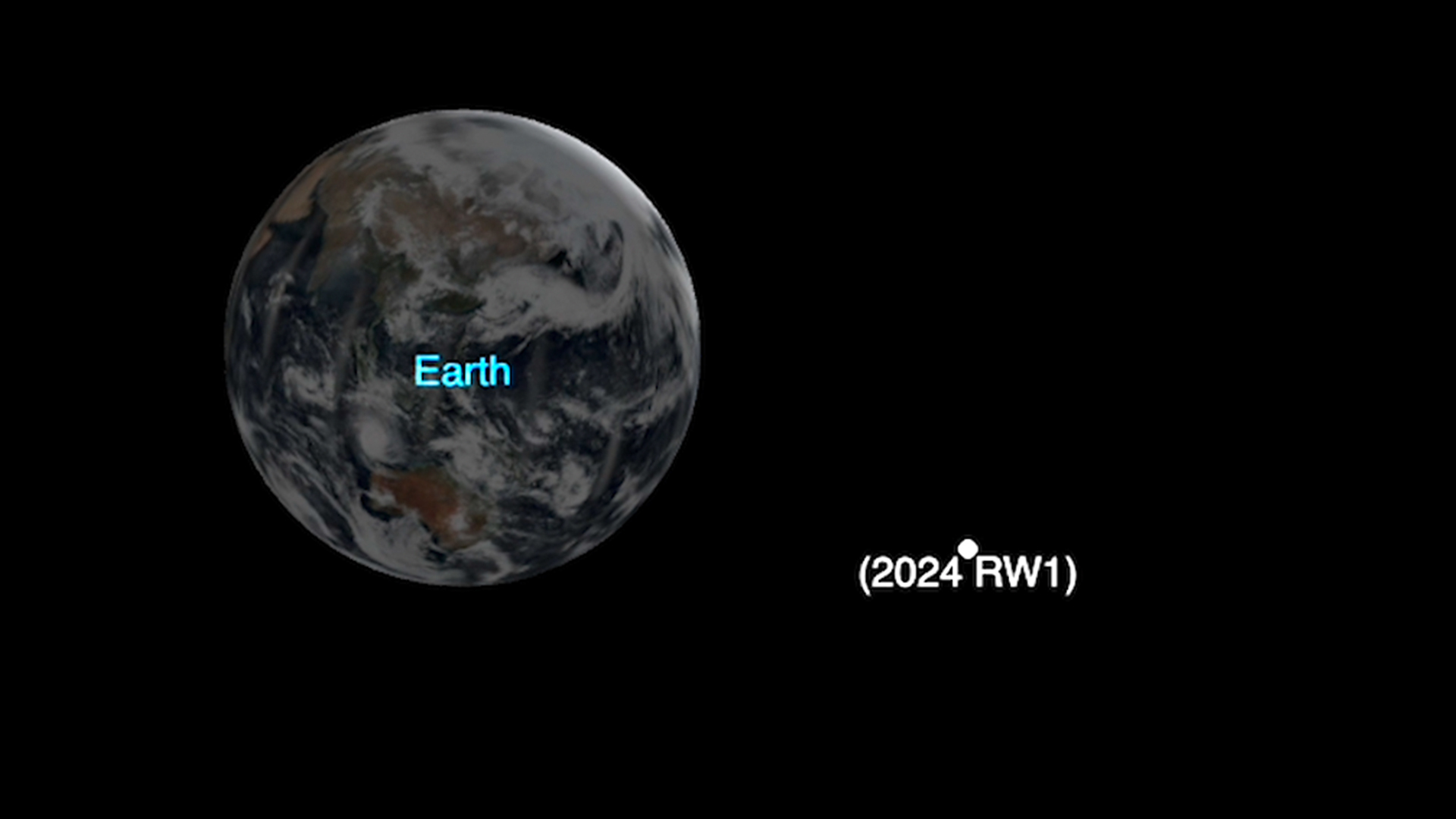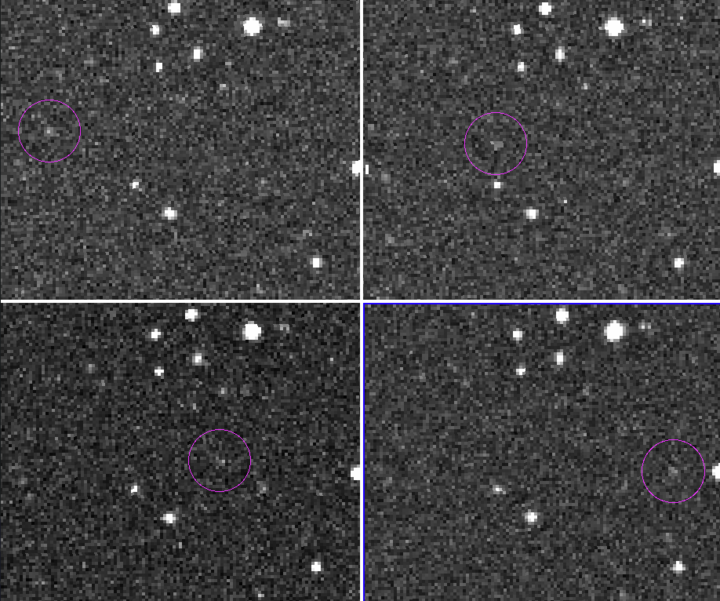
A small asteroid on a collision course with Earth today burned up harmlessly in Earth's atmosphere.
The European Space Agency (ESA) says a 3-foot (1-meter) asteroid struck the atmosphere and burned up harmlessly on Wednesday (Sept. 4) around 12:46 p.m. ET (1646 GMT) above the western Pacific Ocean near Luzon Island in the Philippines.
The asteroid, known as 2024 RW1, was discovered today by research technologist Jacqueline Fazekas with the NASA-funded Catalina Sky Survey, a NASA-funded observatory near Tucson, Arizona dedicated to tracking and cataloging near-Earth objects. It was only the ninth asteroid that has been spotted prior to impact, ESA wrote in a post on X .
A few pictures and videos of 2024 WR1 ☄️, while waiting for more physical properies of the small near Earth asteroid and associated fireball...https://t.co/1Yycwvd8b4 pic.twitter.com/fCXeIhDjo4September 4, 2024
NASA's Asteroid Watch website predicted that the impact could create a fireball visible from the east coast of the Philippines, and many videos posted to social media showed a bright green fireball above the island nation.
NASA's Planetary Defense Coordination Office said the impact was detected by multiple sensors.
A few pictures and videos of 2024 WR1 ☄️, while waiting for more physical properies of the small near Earth asteroid and associated fireball...https://t.co/1Yycwvd8b4 pic.twitter.com/fCXeIhDjo4September 4, 2024

Planetary defense, which involves searching for near-Earth asteroids such as 2024 RW1 and cataloging them for tracking, has become a major priority for space agencies worldwide. In 2022, NASA's DART mission crashed an impactor into a double asteroid system in an attempt to change its trajectory.
NASA is also planning a new infrared telescope known as NEO Surveyor, and China is developing its own mission to deflect an asteroid by 2030.







